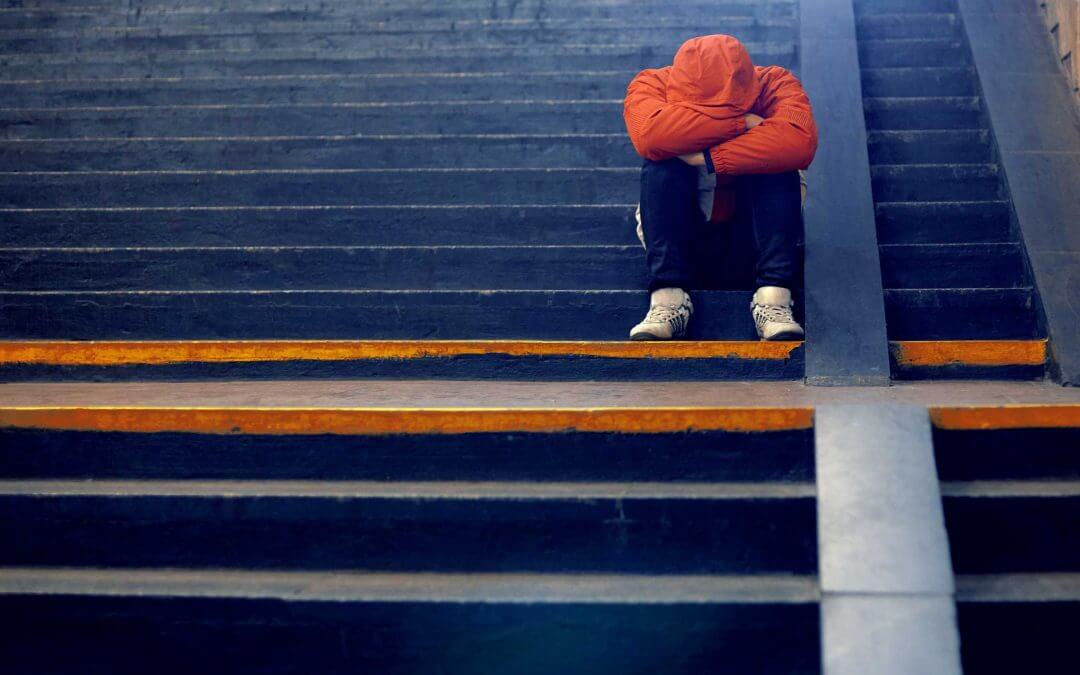When kindergarteners walk into her classroom every morning, teacher Sonya Romero-Smith doesn’t ask them how their weekend was, or if they’d finished their homework. Instead, she asks “Did you eat? Are you clean?” Many of her students don’t have regular access to toothbrushes, baths or clean clothes.
If you’ve never lived in poverty or known someone who did, you probably don’t understand what it means. It’s more than being hungry or homeless—it’s overwhelming, often generational and affects every facet of your life. So here’s some information to help you understand what poverty is, what it means and how you can make a difference.
What is poverty?
Every year, the federal government determines what poverty means. The good news is that the percentage of people living in poverty has dropped for the last few years. However, the poverty rate in 2016 was about the same as 2007—the year before the Great Recession started.
First, there are the federal poverty guidelines, which are used to determine eligibility for assistance programs. The Department of Health and Human Services releases these numbers at the beginning of the year, and they are based on household size. For 2018, a single person making $12,140 or less is living in poverty. That number is $25,100 for a family of four. It has different amounts for people living in Alaska and Hawaii.
Second, there’s the Census Bureau’s poverty threshold, which comes out in the fall and is a measurement of the previous year. It’s used to calculate the official poverty statistics, like the number of people in the U.S. living in poverty. It has different amounts based on household size and whether the person is older than 65. In the latest release, a single person under age 65 is living under the poverty threshold if he or she makes $12,752 or less per year. For a family of four, it’s $25,283. In comparison, the median household income in the U.S. was $59,039 in 2016. The poverty rate in the U.S. is now 12.7 percent, or 40.6 million people, according to Census numbers.
And then there are estimates from the World Bank of how many people live in absolute poverty. Last year, the World Bank included high-income countries—even the U.S.—in estimates of people living in poverty around the world. It concluded that 5.3 Americans live on $4 or less per day, and 3.2 million of those live on less than $1.90 per day. That’s significantly less than the Federal Poverty Guidelines or poverty threshold.
Whether used for assistance eligibility or official statistics, a family of four making about $25,000 per year or less is living in poverty.
What it means to live in poverty
Living in poverty may mean you don’t know how you’ll afford groceries every week. Your children probably get many of their meals from school. It means no bank accounts. You may not have clean clothes every day, or somewhere to take regular baths or showers. It could mean being homeless or living in substandard housing. If you have children, they probably haven’t stayed at the same school for an entire year, and they’re not doing well academically—because living in poverty affects their ability to learn as well as their behavior. Teacher Romero-Smith said she keeps a supply of clean underwear, pants, shoes and socks for her students. And if they need it, helps them get clean in the morning with wipes and toothbrushes.
Many people who live in poverty feel entirely hopeless to change anything because they likely grew up in poverty. And their parents grew up in poverty, and their children will likely continue to live in poverty as adults. In Utah, 59,579 children and 39,376 adults are living in intergenerational poverty. Living in poverty isn’t only not having money for luxuries. It means you don’t have money for necessities either.
What you can do
So now you understand more about poverty, and you don’t need to feel powerless to fight it. There are ways you can help people in your community overcome the challenges of poverty.
Bridges Out of Poverty: This workshop helps people understand more about poverty and economic class. Participants learn how poverty works and how it impacts families, and how to help people living in poverty bridge the gap to a more sustainable lifestyle. It’s optimal for people who want to volunteer with groups that assist people living in poverty, or for people who want to understand more about poverty.
Circles Initiative: In this program, part of a nationwide initiative, Community Action Services and Food Bank empowers people living in poverty with the tools and support they need to pull themselves out of poverty. You can volunteer as an ally of a person working through the program. Or donate meals for regular meetings. Participants, called leaders, graduate when their income exceeds 200 percent of the Federal Poverty Guideline.
More: If you’re looking for more one-time or irregular volunteer opportunities, you can donate to the food bank. Last year, Community Action Services and Food Bank supplied 3.6 million pounds of food to people in need. There also are donation opportunities through the Nutrition Pak program, which sends backpacks of food home every weekend with elementary school kids who don’t have enough food at home. Last year, it sent home 1,450 paks every week. Community Action Services also needs supplies for kits it gives to people in need. It supplies homeless, back-to-school, hygiene, birthday kits and more.
If you’re interested in helping people pull themselves out poverty, there are ways to assist in your community.
When you’ve never lived in poverty, it’s difficult to understand what it means. Tens of millions of Americans live below federal poverty definitions, and millions of them live in absolute poverty. They don’t have money for necessities, and definitely not for simple luxuries enjoyed by the middle class. But there are ways to help in your community if you’re interested, and Community Action Services and Food Bank is a great place to start.

